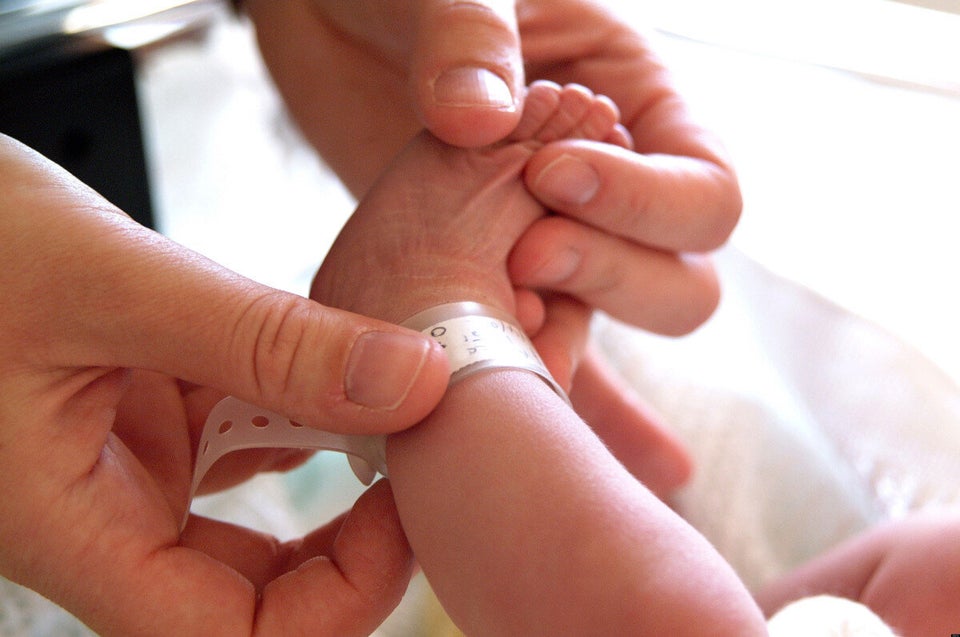Income is a significant factor in determining why people are hospitalized in Toronto, where the richest and poorest patients are being admitted for very different reasons, a pioneering new study has found.
Whereas more affluent patients are more likely to be hospitalized for surgeries, such as cataract removal and hip replacements, lower-income patients are more commonly treated for mental health issues and non-urgent complaints. They are also more likely to occupy hospital beds while awaiting transfer to nursing homes and other community-based care.
The first of its kind in Toronto -- and possibly Canada -- to investigate the link between income and hospital treatment patterns, the study is intended to provide health care professionals with a more accurate picture of the patients they see.
But according to author Rick Glazier, it also suggests that access to the health care system, however universal, isn’t always equal.
“People with high levels of income, high levels of education, they know how to navigate the system in better ways and are better able and better positioned to take up new technologies, new procedures and get their needs met,” Glazier told The Huffington Post. “So, even within the same hospital we have this big difference of what services are provided.”
10 WAYS INEQUALITY MAY BE MAKING LIFE WORSE
This discrepancy is often on display at St. Michael’s Hospital in downtown Toronto, where Glazier has worked as a family and community services doctor since the 1990s. The hospital runs five family health centres, including one at the 410 Sherbourne, which he says is home to “the most fascinating waiting room in the entire world.”
“We have Bay Street lawyers and homeless people cheek-by-jowl,” he said.
It is this stark contrast -- and the lack of information about the socio-economic status of hospital patients -- that inspired the study, which was a joint effort between researchers at the Centre for Research on Inner City Health at St. Michael's, the Institute for Clinical Evaluative Sciences and the Hospital Collaborative on Marginalized and Vulnerable Populations.
Because hospitals in Canada don’t collect data on patient incomes, the researchers used census information to link postal codes to household incomes for all patients admitted to 20 hospitals in the Toronto Central Local Health Integration Network (LHIN) between 2008 to 2010.
Overall, they found that high and low-income patients were admitted in roughly equal numbers, with middle-income patients being admitted the least. While some hospitals, such as St. Michael’s, treated the same proportion of rich and poor, others had more high or low-income patients.
The services patients accessed varied widely across the income distribution, with the richest patients more likely to be hospitalized for surgeries -- which, as Glazier points out, are often elective -- and investigations like MRIs. The poorest patients, meanwhile, made greater use of emergency departments for low-urgency issues such as upper respiratory infections and minor injuries, as well as chronic conditions like diabetes.
All of which speaks to the big differences in the way that patients along the income spectrum understand and use the hospital system, he says.
“We actually have both extremes, of the over-anxious, overly engaged, and the under-anxious, under-engaged [patients who are] not very good at recognizing when they should come in or what they should do,” he said.
“So we have a lot of work to do, both to try and meet in the middle around what’s the kind of health care that’s able to provide benefit and not harm to people.”
To illustrate just how closely socioeconomic status is tied to health outcomes -- and the treatment plans health professionals provide -- Glazier uses the example of a lower income patient being discharged from a hospital for wound care.
“If you need them to come back to the clinic every few days for a dressing change and they have no means of transportation and they live alone, those are really important things to know, he said. “Your treatment plan is likely to fail if there are people who are unable to be able to carry through with the plan.”
As Glazier sees it, the study is merely a starting point.
Ideally, he says questions related to income -- as well as education and immigration -- should be baked directly into the intake process at every health encounter, and that data should be updated regularly.
“We have less knowledge about our patients that would be useful to have, both at the point of clinical care, and also to understand statistically about who is doing well and who is not doing well,” he said.
10 WAYS INEQUALITY MAY BE MAKING LIFE WORSE
